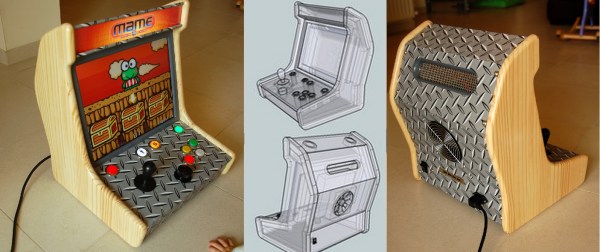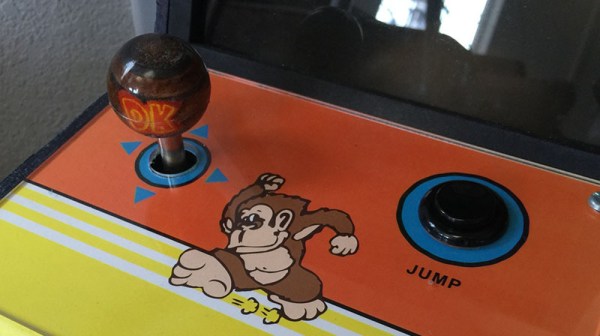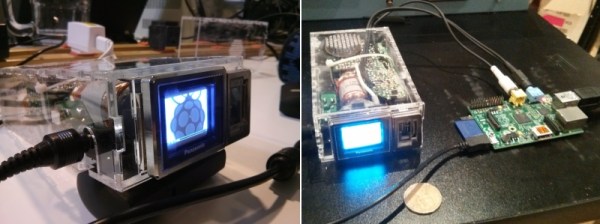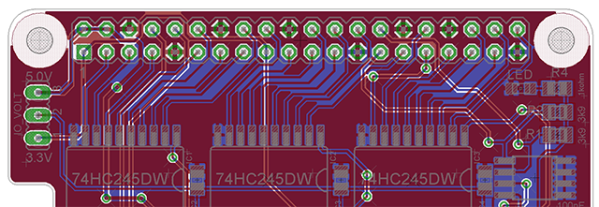Building a MAME machine – an arcade cabinet that will play everything from Galaga to Street Fighter II – is surely on the ‘to build’ list of thousands of Hackaday readers around the world. It’s a relatively simple build, provided you can put a sheet of MDF in your car; it’s just an emulator, and if you can find a CRT and have an old computer sitting around, you’re already halfway there.
There is another class of arcade games that can be emulated. This is, of course, pinball machines. [Jan] built a virtual pinball cabinet over the last few months and his build log is incredible. If you’ve ever wanted to build a pinball emulator, this is the guide to reference.
The most important part of a pinball emulator is the displays. For this, [Jan] is using a 40-inch TV for the playfield, a 28-inch monitor to display the backglass art, and a traditional 128×32 DMD. Instead of manufacturing his own cabinet, he repurposed an old electromechanical machine, Bally’s Little Joe.
The software is the real star of the show with PinballX serving as the front end, with Future Pinball and Visual Pinball serving as the emulators. These emulators drive the displays, changing out back glasses, and simulating the physics of the ball. The computer running all of this has a few neat electromechanical bits including a shaker motor, an original Williams replay knocker, and some relays or solenoids give the digital table a tremendous amount of force feedback. This is the way to do it, and if you don’t have these electromechanical bits and bobs securely fastened to the machine, you really lose immersion.
You can check out a video of the table in action below.


















